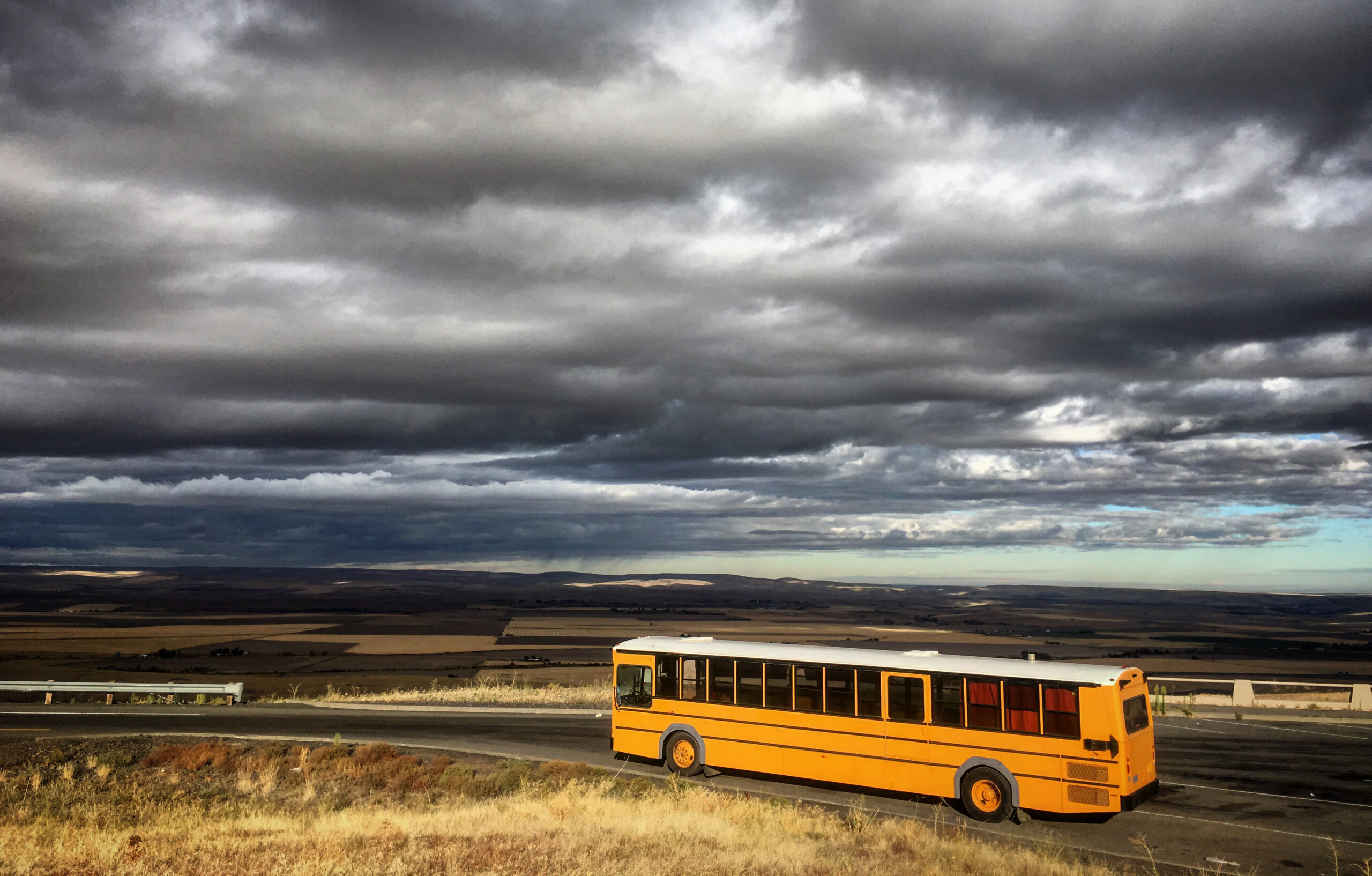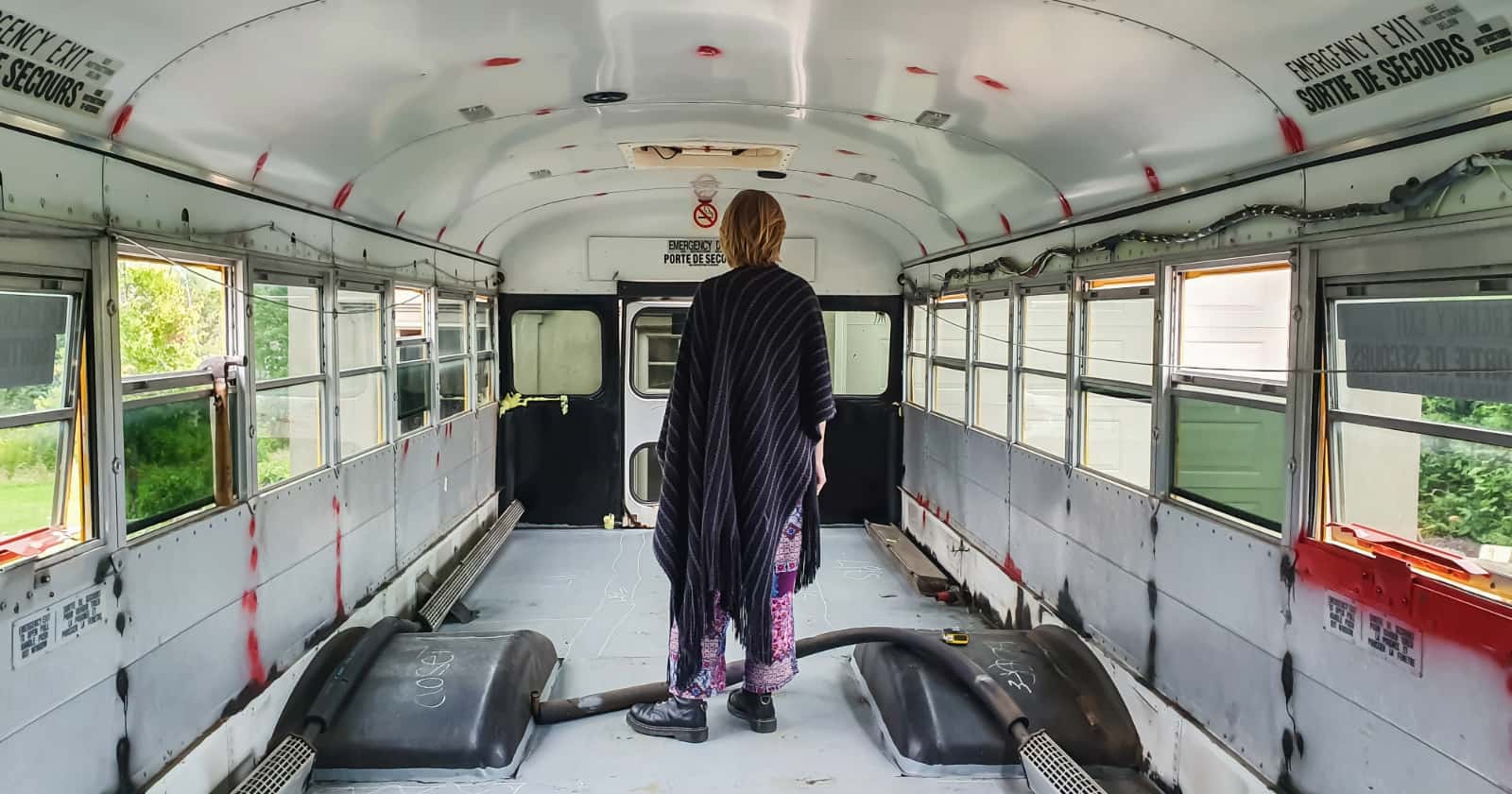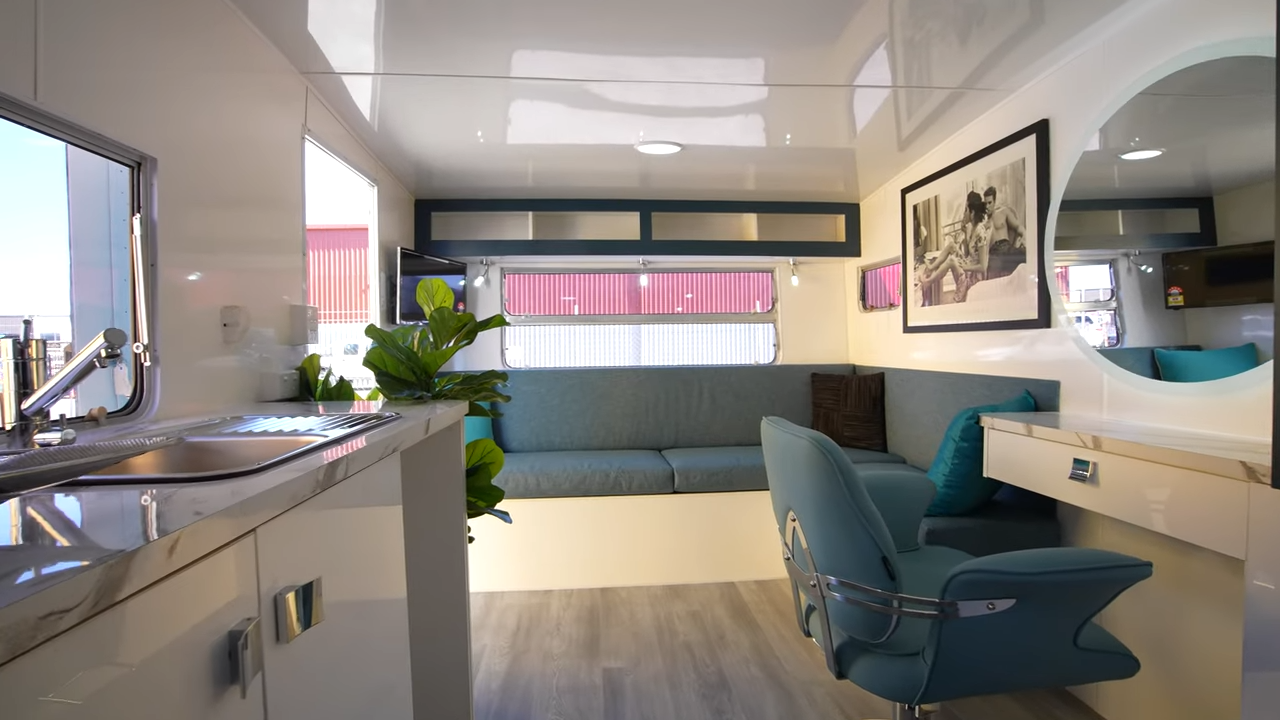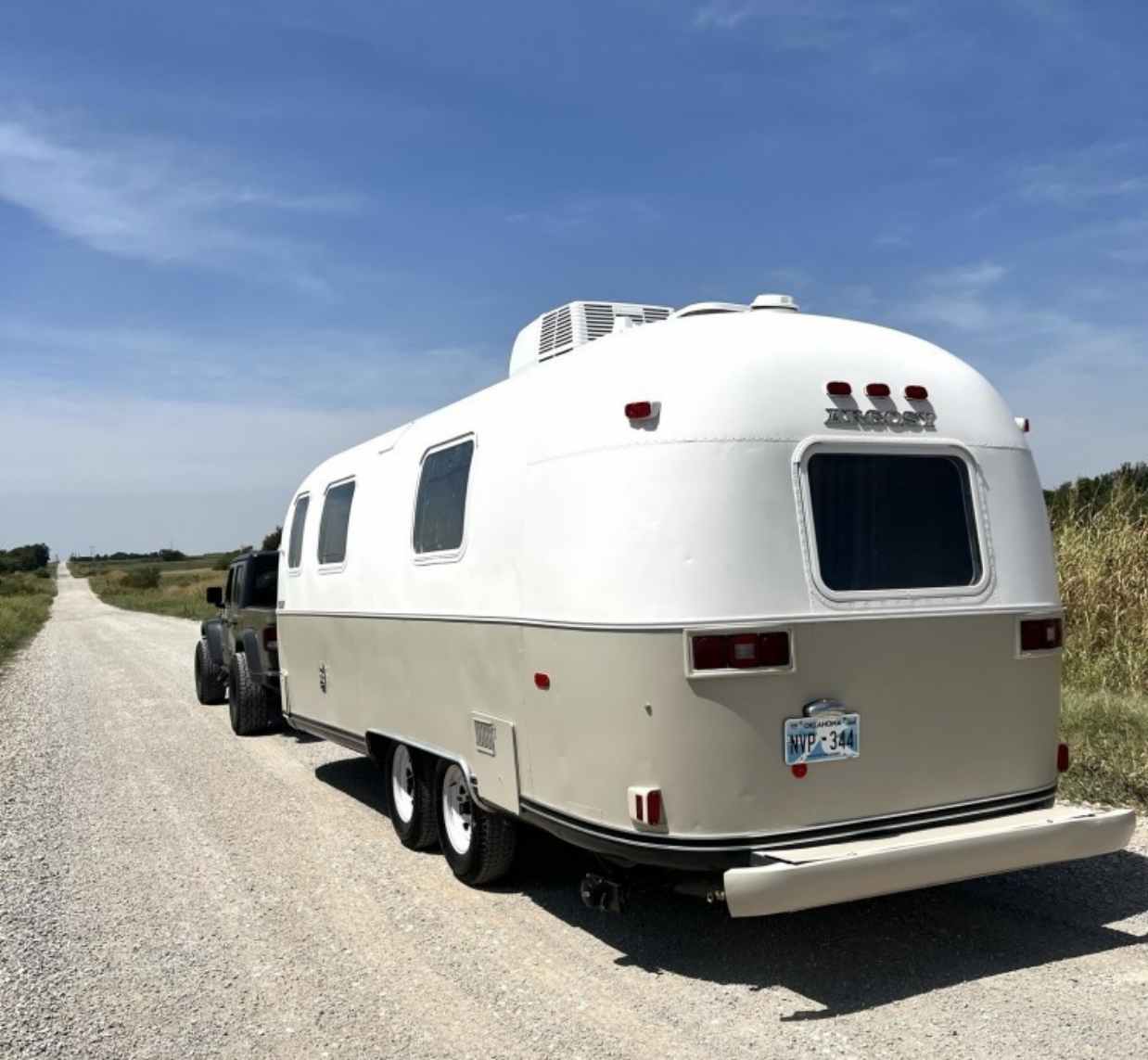
The Ins And Outs Of Building A School Bus Camper
The school bus camper (or skoolie) is becoming increasingly popular in the RV world. They are fairly spacious, easy to repurpose, and have room for customization. They’ve really taken off with the DIY crowd and are often seen as a more affordable option when compared to typical RVs of the same size.
School buses weren’t built with living space in mind though, so if you’re considering a bus conversion project, you’re going to have to put in a lot of work. Below are a few steps that can guide you along your journey of building and living in a school bus camper.
Do your research first
Skoolies are fun and unique RVs and many people are drawn to them because of the customizable layout and (seemingly) lower price tag. However, these projects are not the best choice for everyone.
School bus campers might be cheaper up front, but you’re going to need to put a lot of time and money into the conversion process. It’s your responsibility to provide furnishings, electricity, plumbing, storage space, and all the other necessities of an RV.
There are other potential issues to consider even after the RV is complete. For instance, some campgrounds won’t accept school bus campers, even if they’re top-notch designs. Registering your vehicle is also difficult, and skoolies are slow and require a lot of gas.
You should also talk with people who have converted school buses. Their first-person experience is invaluable and you can get tips and advice. The forum skoolie.net is a great place to connect with other campers who have dealt with bus conversions.
Before you dive into the project, consider if you have enough time, money, and energy to spare. To get a better sense of the pros and cons, check out our 5 Reasons To Avoid Skoolies & Bus Conversions.
Buying a school bus camper
If you’re really in love with the idea of a school bus camper, then the first thing you need to do is buy a bus!
Luckily, there are many school buses in the world that are available to purchase. Schools often buy them in large quantities and maintain them until they are outmoded or replaced. You’ve probably seen a few old buses sitting in car lots or junkyards. With a bit of time, love, and care, even an old bus can serve as an RV.
When you buy a school bus (especially if it’s used), you want to get as much history and documentation as possible. This will help you keep track of the maintenance its gone through, as well as any issues that have appeared.
There are a few places you can go to find buses in your area. Locals might have some available on Facebook Marketplace or Craigslist, but you can find more reliable buses at auctions and official surplus sites. Some of the best places to look for school buses (both new and used) include:
Once you’ve got your bus on hand, it’s time to get to work!
Clear out the interior
Before you start building your school bus camper, you need to start with a clean slate and a clear plan. To start, the bus interior will need to be almost completely stripped.
Remove all the seats, base flooring, and other items that occupy the main space. At this point, you should prioritize repairs to the engine and body of the chassis. You’ll also need to check all the windows for damage or leaks.
Clean the interior thoroughly and sand down any rough edges. You’ll want to keep the driver’s area fairly intact, but you might consider replacing the seat. Once everything is clean and open, it’s time to start planning your interior design and figuring out how the utilities will factor in.
Electrical and water storage
If you plan on living in a school bus camper, you’ll probably want some utilities. Electricity and plumbing are a couple of necessities for mobile homes and you’ll need to make a plan to incorporate them.
Wiring and electricity can usually be embedded into the walls and ceiling of a camper. You can either set this up yourself, or hire a contractor to do it for you. Batteries are your best friend in a skoolie, so choose good models and be sure to hook them up correctly.
Water storage is another thing you’ll have to think about. Sinks, showers, and many toilets rely on a fresh water supply. Install storage tanks in your camper and make sure to top them off regularly. You’ll also need a tank to store waste water.
You have several options when it comes to a bathroom setup. Many travelers prefer using composting toilets or portable toilets that don’t require external water sources. Toilets that rely on plumbing are more difficult to install, but they will be capable of flushing. Go over the pros and cons of each type before you commit!
The insulation issue
One of the biggest issues with skoolies is their insulation. As you might remember from your school years, buses have thin walls and lots of windows. There’s hardly any insulation, although many buses come with heaters and A/C.
A school bus camper without insulation is going to be hard to live in. They freeze in the winter and boil in the summer. The large number of windows doesn’t help this issue either. No insulation method is perfect, but there are a few things you can do to regulate the temperature of your skoolie.
First of all, you need to insulate the entire interior. This includes the floors, walls, and ceiling. Each area might require a different type of insulation, but it’s important to address all these surfaces.
Next, you need to choose the insulation that will work best for you. Some options are more bulky, which could cut into your usable space. On the other hand, you might need to work within a specific budget, which will limit your options a bit.
Some common insulation materials for skoolies include:
- XPS Rigid Foam
- Closed Cell Spray Foam
- Sheep Wool
- Fiberglass
- EPS Foam
- ISO Foam
Explore each of these materials in-depth to choose the one that will be best for your project. Once you’ve chosen your material, make sure you have your wiring planned out so that you can cover it all up with a layer of plywood and/or plaster at the end.
Finally, consider adding curtains, blinds, or other light-blocking methods to your windows. This will help prevent heat loss in winter and block incoming sunlight in the summer.
Furniture, decoration, and accessories
Once your utilities and insulation have been dealt with, you can get to the fun part: designing the living space!
To start with, consider what you’ll be using the camper for as well as the main things that you’ll need. In most cases, some kind of sleeping area is necessary. This could come in the form of a fold-out couch, a hammock, or even a set of bunk beds!
Some type of kitchen space/pantry is also a good idea. If you don’t have the space or desire for an indoor cooking area, you could also get an outdoor kitchen setup. Grills, coolers, and mini fridges are great appliance options for school bus campers.
Several typical RV accessories also work in skoolies. Check out our list of 21 Most Popular RV Accessories and consider whether you’d want them in your own school bus camper.
When it comes to decorating, the choice is up to you. No two skoolies are alike and people have gotten inventive with their style. A lot of the furniture needs to be custom-built, but you can also repurpose things and get creative. Check out videos, blogs, and forums for inspiration.
Get valid license and insurance
Finally, once everything is in place, you need to get your school bus camper ready to hit the road! It’s important to legalize your skoolie for travel because many states are concerned about their quality and safety. Because most skoolies are homemade, there aren’t any industry standards they have to meet when they’re being built.
Driving them is another story. You’ll need to get a valid license and registration for your vehicle in order to legally drive it. After all, school bus drivers have to get certified! The requirements may vary by state, but in order to certify your skoolie as an RV, you generally need the following items:
- Current Title
- Bill of Sale
- Certification of Weight
- Conversion Photos
- Physical Inspection
- Proof of Insurance
- Meet the Definition of an RV
- CDL License
Learn more about certification requirements here.
Insurance is an important aspect that protects yourself and others. You’ve put a lot of money and effort into this skoolie, so make sure it’s insured. These vehicles often require special insurance that doesn’t fall under the standard automotive policy. Talk with your insurance company about your options.
Get tips from other skoolie enthusiasts
You can find more tips and discussions on everything skoolie over on the Skoolie.net forums. This school bus conversion resource has a load of great information including conversion tutorials and how-tos, technical tips, classifieds and more.
Related articles:



